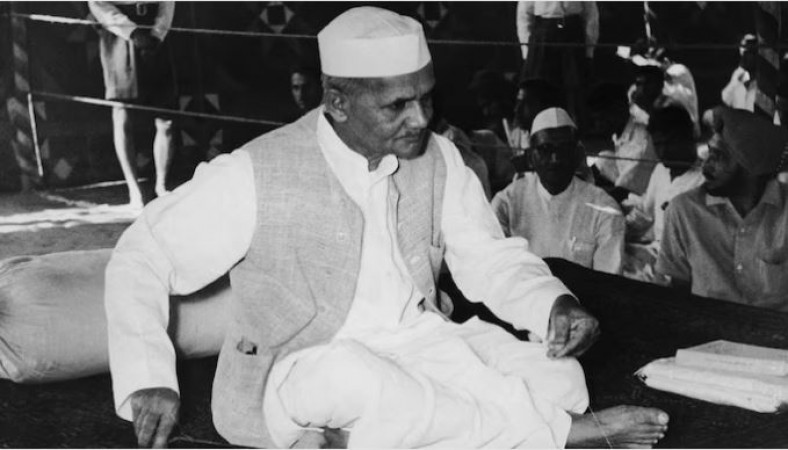
New Delhi: on January 11, 1966, India was shaken by the sudden and perplexing passing of its then-Prime Minister, Lal Bahadur Shastri, in Tashkent, Soviet Union. The circumstances surrounding his death continue to remain enigmatic, stirring curiosity and intrigue.
Lal Bahadur Shastri's tenure as India's Prime Minister was relatively short, spanning just 19 months. However, within this brief period, he showcased India's strength to the world in a remarkable manner. His iconic slogan "Jai Jawan-Jai Kisan" not only shattered Pakistan's arrogance during the 1965 war but also thwarted its aspirations of capturing Kashmir. Following the 1965 conflict, India and Pakistan entered into an agreement in Tashkent on January 10. Astonishingly, Shastri passed away around 2 pm on the very same day.
The circumstances of a sitting Prime Minister's demise on foreign soil were nothing short of extraordinary, particularly considering the media landscape of that era. Unlike today's continuous news coverage and social media reach, information dissemination was limited, leading to a lack of comprehensive coverage of the event and the mysteries it entailed. However, revisiting this historical event is crucial to shedding light on its intricacies. There are aspects of Lal Bahadur Shastri's journey that remain relatively unexplored.
Following the demise of India's first Prime Minister, Jawaharlal Nehru, on May 27, 1964, Lal Bahadur Shastri assumed office on June 9, 1964. This transition occurred against the backdrop of India's recovery from the 1962 Indo-China war and Pakistan's consistent efforts to internationalize the Jammu and Kashmir issue. General Ayub Khan, the then-President of Pakistan, was keen to assess Shastri's mettle as Nehru's successor. Ayub Khan's eagerness to gauge Shastri's stance on the Jammu and Kashmir issue led to a significant meeting in October 1964. However, a misunderstanding arising from Shastri's simplicity, attire, and physical stature led Ayub Khan to underestimate Shastri's leadership capabilities. This miscalculation played a role in shaping subsequent events.
Shastri's tenure witnessed the 1965 Indo-Pakistan war, culminating in nine agreements signed in Tashkent to terminate the conflict. These agreements outlined the return of occupied territories by both nations and a commitment to a ceasefire. Shastri's sudden demise shortly after signing these accords raised suspicions and generated questions. According to accounts, Shastri passed away from a heart attack in his hotel room after attending a celebratory party. However, the lack of a post-mortem examination, both in Tashkent and India, has fueled speculations about the circumstances of his death. Additionally, reports of his body turning blue posthumously have given rise to theories of potential poisoning.
Kuldeep Nayyar, Shastri's press advisor during that time, highlighted these unanswered questions in his autobiography, "Beyond The Lines." His inquiries into the absence of a post-mortem examination have yet to yield satisfactory answers. Lal Bahadur Shastri's ascent to power following Nehru's passing and the subsequent selection process remain lesser-known aspects. Amidst competing factions, Shastri emerged as the Prime Minister. This path was marked by the exclusion of certain contenders due to concerns about their impact on the government and the organization. Shastri's leadership was characterized by humility, simplicity, and unwavering dedication to public service.
Intriguingly, despite his brief tenure, Lal Bahadur Shastri's legacy endures as a significant chapter in India's history. The circumstances of his passing continue to captivate attention, underscoring the importance of gaining a more comprehensive understanding of this pivotal period.
Amit Shah Alleges ₹12 Lakh Crore Corruption by Opposition, Calls for India's Progress
Robert Vadra Advocates for Priyanka Gandhi's Lok Sabha Candidacy, Calls for Party Planning
17 Patients Die in 24 Hours at Thane's Chhatrapati Shivaji Maharaj Hospital, Investigation Underway